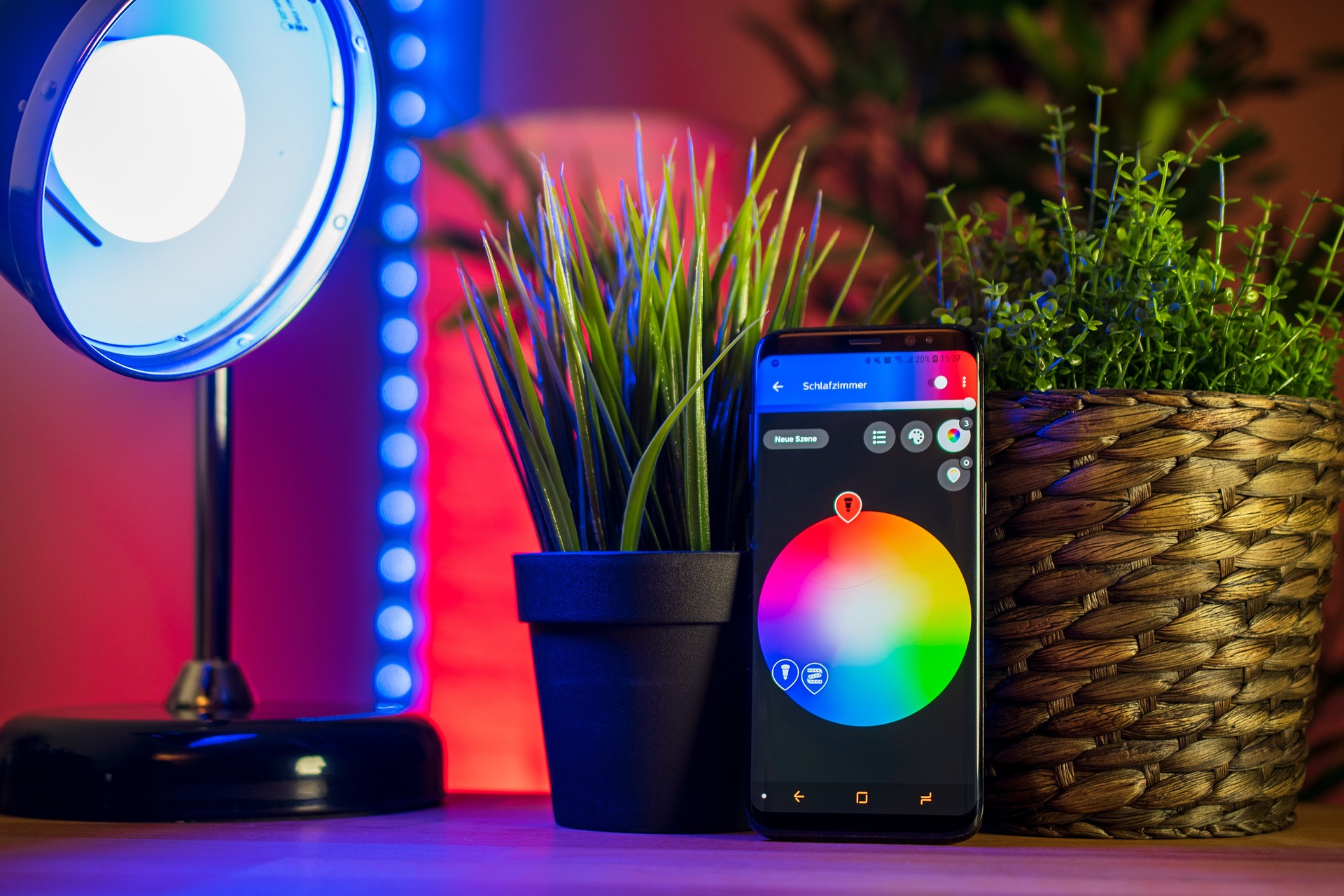Smart Devices and Remote Control Management at Home
Imagine adjusting your home thermostat, checking your security cameras, or starting your coffee machine—all from your phone, while you're away at work. This isn't science fiction; it's everyday life thanks to the surge of smart devices and remote control management technologies that are redefining home convenience, security, and efficiency.
Imagine adjusting your home thermostat, checking your security cameras, or starting your coffee machine—all from your phone, while you’re away at work. This isn’t science fiction; it’s everyday life thanks to the surge of smart devices and remote control management technologies that are redefining home convenience, security, and efficiency.
The smart home ecosystem explained
Smart devices are internet-connected electronics that can be monitored, controlled, and automated remotely. From smart thermostats and lighting systems to appliances and voice assistants, these devices form an interconnected network often referred to as the “smart home ecosystem.”
What makes this ecosystem powerful is its ability to communicate across platforms and adapt to user behavior. Through mobile apps or centralized hubs, homeowners can schedule routines, receive alerts, and even set up automation rules that allow devices to respond to one another. For example, a smart lock can trigger lights to turn on when the front door is opened after sunset.
Popular platforms like Amazon Alexa, Google Home, and Apple HomeKit act as control centers, enabling users to manage multiple smart products through voice or app-based commands. The flexibility and customization of these systems have made them attractive to both tech enthusiasts and casual users alike.
Remote control management and connectivity
Remote control management refers to the ability to operate and supervise devices from a distance, typically through Wi-Fi or cellular connections. This concept has transformed household management. It allows users to check their home’s status, perform adjustments in real time, and receive notifications about unusual activity or device malfunctions.
Smartphones and tablets serve as remote control dashboards, often enhanced with intuitive user interfaces and real-time status updates. Many devices also offer integration with IFTTT (If This Then That) platforms, allowing users to create custom rules—like receiving a text if a motion detector senses activity while you’re on vacation.
Remote control extends beyond convenience. In smart energy management, for example, remote-controlled thermostats and plugs allow users to reduce energy usage during peak hours. In security, remotely monitored cameras and smart locks offer peace of mind and immediate action when needed.
The role of automation and AI
Artificial intelligence has taken remote control management to the next level. AI-powered smart devices learn user preferences over time, optimizing performance based on usage patterns. A smart thermostat might lower temperatures while you’re asleep or away, while a smart speaker might suggest a playlist based on your daily habits.
Home automation routines—like “Good Morning” or “Away Mode”—combine multiple device actions into a single command. Say “Good Night” to your voice assistant, and your lights might dim, doors lock, and security system activate. AI continues to evolve these capabilities, introducing predictive behaviors and more intuitive control schemes.
Security, privacy, and challenges
Despite the benefits, smart home devices and remote control systems are not without risks. Security and privacy remain top concerns. Unsecured devices can be vulnerable to hacking, leading to unauthorized access or data leaks.
Manufacturers have responded with stronger encryption protocols, regular firmware updates, and multi-factor authentication options. However, users must remain proactive—choosing reputable brands, updating passwords, and regularly reviewing device permissions.
Interoperability is another challenge. Not all devices work seamlessly together, especially if they come from different manufacturers. While platforms like Matter (a new universal smart home standard) aim to resolve this, full compatibility across brands is still a work in progress.
Looking forward: the future of remote-managed homes
The integration of smart devices and remote control management is reshaping how we interact with our homes. The future will likely include even more seamless automation, advanced AI capabilities, and universal standards that improve compatibility and reliability.
As 5G networks expand and edge computing matures, the latency and connectivity of remote commands will improve dramatically. This opens the door for more sophisticated applications, like remote home diagnostics, energy grid interaction, and even ambient health monitoring for elderly residents.
Smart homes are no longer a futuristic concept—they are becoming the norm. And as the technology continues to evolve, remote control management will not just enhance convenience but also redefine how we think about security, comfort, and sustainable living in our connected world.





